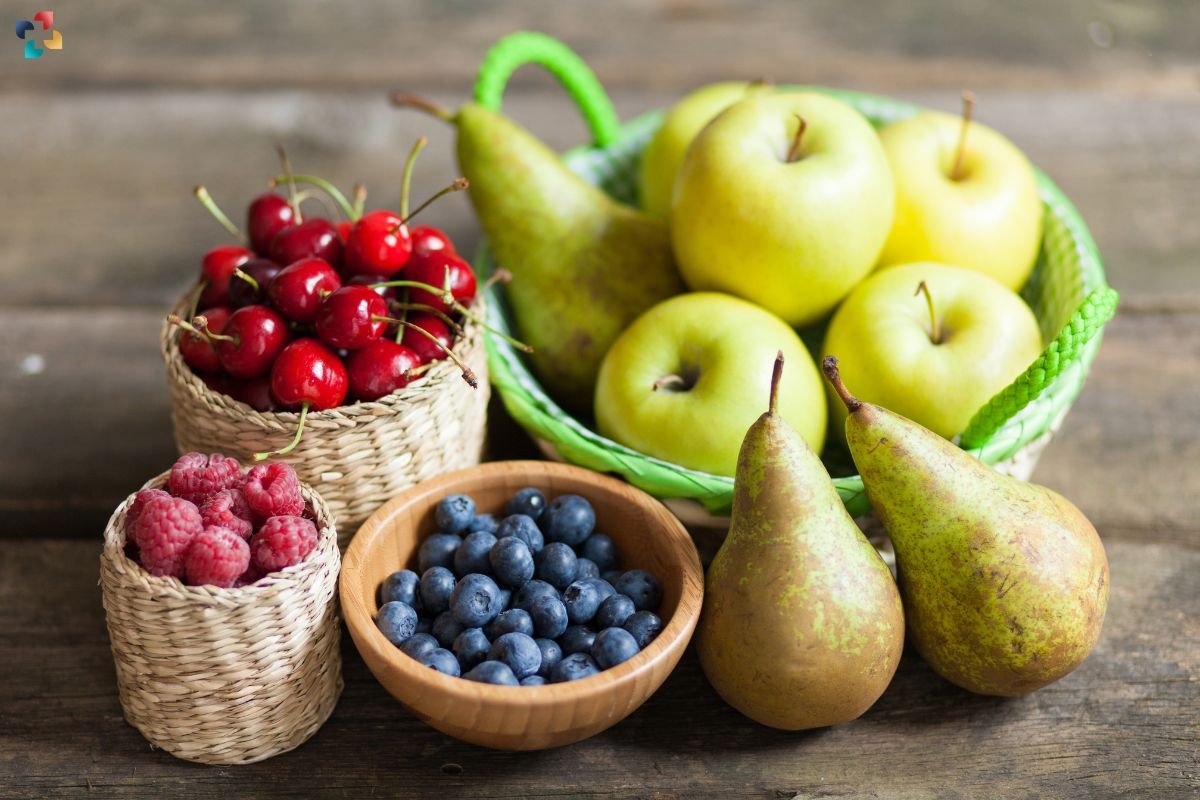The Glycemic Index (GI) is a valuable tool for anyone interested in managing blood sugar levels, weight, or overall health. Glycemic Index charts provide a classification of foods based on their impact on blood glucose levels. In this blog, we’ll explore the low and high glycemic index charts, their importance, and some limitations to consider when using them for dietary choices.
What is the Glycemic Index?
The Glycemic Index is a ranking of carbohydrates in foods according to how they affect blood glucose levels. Foods with a high GI value (typically above 70) cause a rapid spike in blood sugar, while those with a low GI value (below 55) result in a more gradual increase. Understanding these classifications can be crucial for individuals with diabetes, athletes, or anyone seeking to maintain steady energy levels.
The Importance of Glycemic Index Charts
Glycemic Index charts serve as a practical guide for making informed food choices. Here are some key reasons why they are important:
- Blood Sugar Control: For individuals with diabetes, monitoring the glycemic index of foods helps manage blood sugar levels effectively. Low GI foods can prevent spikes and crashes, contributing to better glycemic control.
- Weight Management: Foods with a low GI are more satiating and can help curb hunger, making it easier to maintain a healthy weight. This is particularly beneficial for those looking to lose weight or manage their weight long-term.
- Energy Levels: Consuming low GI foods can provide a steady release of energy, reducing the likelihood of energy crashes associated with high GI foods.
- Heart Health: Diets rich in low GI foods have been linked to improved heart health, as they can help lower cholesterol and blood pressure levels.
Low Glycemic Index Charts

Low glycemic index foods typically include whole grains, legumes, fruits, and non-starchy vegetables. Here’s a brief overview of some common low GI foods:
- Legumes: Lentils, chickpeas, and black beans.
- Whole Grains: Barley, quinoa, and steel-cut oats.
- Fruits: Apples, pears, berries, and cherries.
- Vegetables: Broccoli, spinach, and carrots.
These foods generally have a GI value below 55, making them excellent choices for those looking to maintain stable blood sugar levels.
High Glycemic Index Charts
In contrast, high glycemic index foods lead to rapid spikes in blood glucose levels. Common high GI foods include:
- White Bread: Made from refined flour.
- Sugary Snacks: Candy, cookies, and pastries.
- Soft Drinks: Regular soda and sugary drinks.
- Processed Foods: Instant oatmeal and some breakfast cereals.
These foods typically have a GI value above 70 and should be consumed sparingly, particularly by individuals who need to monitor their blood sugar levels.
Limitations of Glycemic Index Charts
While glycemic index charts are helpful, they do come with some limitations. It’s important to consider these factors when using GI as a dietary guide:
- Individual Variability: The glycemic response to foods can vary significantly from person to person based on factors such as genetics, metabolism, and overall health. Therefore, a food that is low GI for one individual may not have the same effect on another.
- Food Composition: The GI of a food does not take into account its nutritional value. For example, some high GI foods, like watermelon, are nutrient-rich and can be part of a healthy diet. Conversely, some low GI foods may be high in unhealthy fats or sugars.
- Serving Size: The GI value is based on a standard serving size, which may not reflect typical consumption. For instance, a small serving of a high GI food may have a negligible effect on blood sugar, while a large serving could cause significant spikes.
- Preparation Methods: Cooking methods can alter the GI of foods. For example, cooking pasta al dente results in a lower GI compared to overcooking it, as the latter increases the availability of carbohydrates.
- Mixed Meals: The GI of a single food can change when it is consumed as part of a mixed meal. For instance, pairing a high GI food with protein or fat can lower the overall glycemic impact of the meal.

Practical Tips for Using Glycemic Index Charts
To effectively incorporate glycemic index charts into your daily routine, consider these practical tips:
- Create Balanced Meals: Aim to combine low GI foods with moderate or high GI foods to balance your meals. For example, pair whole grain bread (low GI) with lean protein like turkey or chicken. This combination can help moderate the glycemic impact of the meal.
- Mind Portion Sizes: Be aware of portion sizes, as they can greatly influence the glycemic response. Even low GI foods can affect blood sugar levels if consumed in large quantities. Use measuring tools or visual cues to help control portions.
- Experiment with Cooking Methods: Different cooking methods can change the glycemic index of foods. Try steaming vegetables rather than boiling them, and choose whole grain or less processed options whenever possible. For grains, opt for brown rice instead of white rice to lower the GI.
- Focus on Whole Foods: Prioritize whole, minimally processed foods over refined products. Whole foods typically have lower glycemic indices and offer more nutrients, fiber, and health benefits.
- Stay Hydrated: Hydration plays a crucial role in overall health and can influence metabolic processes. Drink plenty of water throughout the day, and limit sugary drinks that can lead to rapid spikes in blood sugar.
- Monitor Your Body’s Response: Keep track of how your body reacts to different foods. This can help you identify which foods may cause spikes in your blood sugar levels and adjust your diet accordingly. Consider using a glucose monitor if you have specific concerns.
- Consult a Professional: If you’re unsure about how to implement glycemic index charts into your diet, consider consulting a registered dietitian or healthcare provider. They can provide personalized guidance tailored to your health needs and goals.

Conclusion: Embracing a Healthier Lifestyle
In summary, glycemic index charts are valuable tools for making healthier food choices. They can aid in managing blood sugar levels, controlling weight, and maintaining energy throughout the day. However, it’s essential to recognize their limitations and incorporate them as part of a broader approach to nutrition that includes overall dietary quality, portion control, and individualized considerations.
By understanding the significance of low and high glycemic index foods and applying practical tips, you can make informed decisions that support your health journey. Whether you’re managing diabetes, aiming for weight loss, or simply striving for a balanced diet, the insights gained from glycemic index charts can guide you toward a healthier lifestyle.
Remember, the key to success lies not just in knowing the numbers, but in understanding how they fit into the bigger picture of your health. Embrace the journey towards healthier eating and enjoy the benefits of balanced blood sugar levels, sustained energy, and overall well-being.







